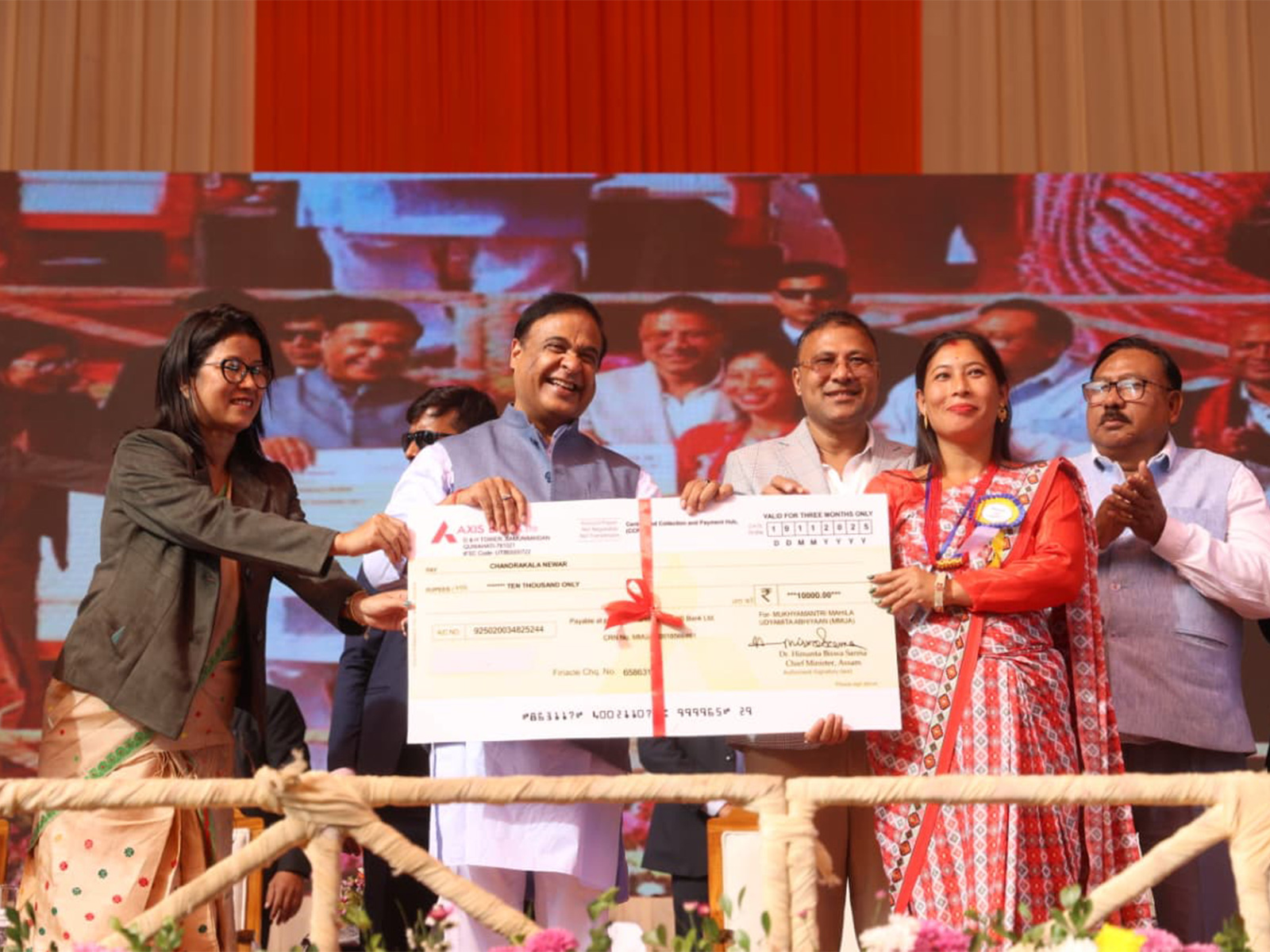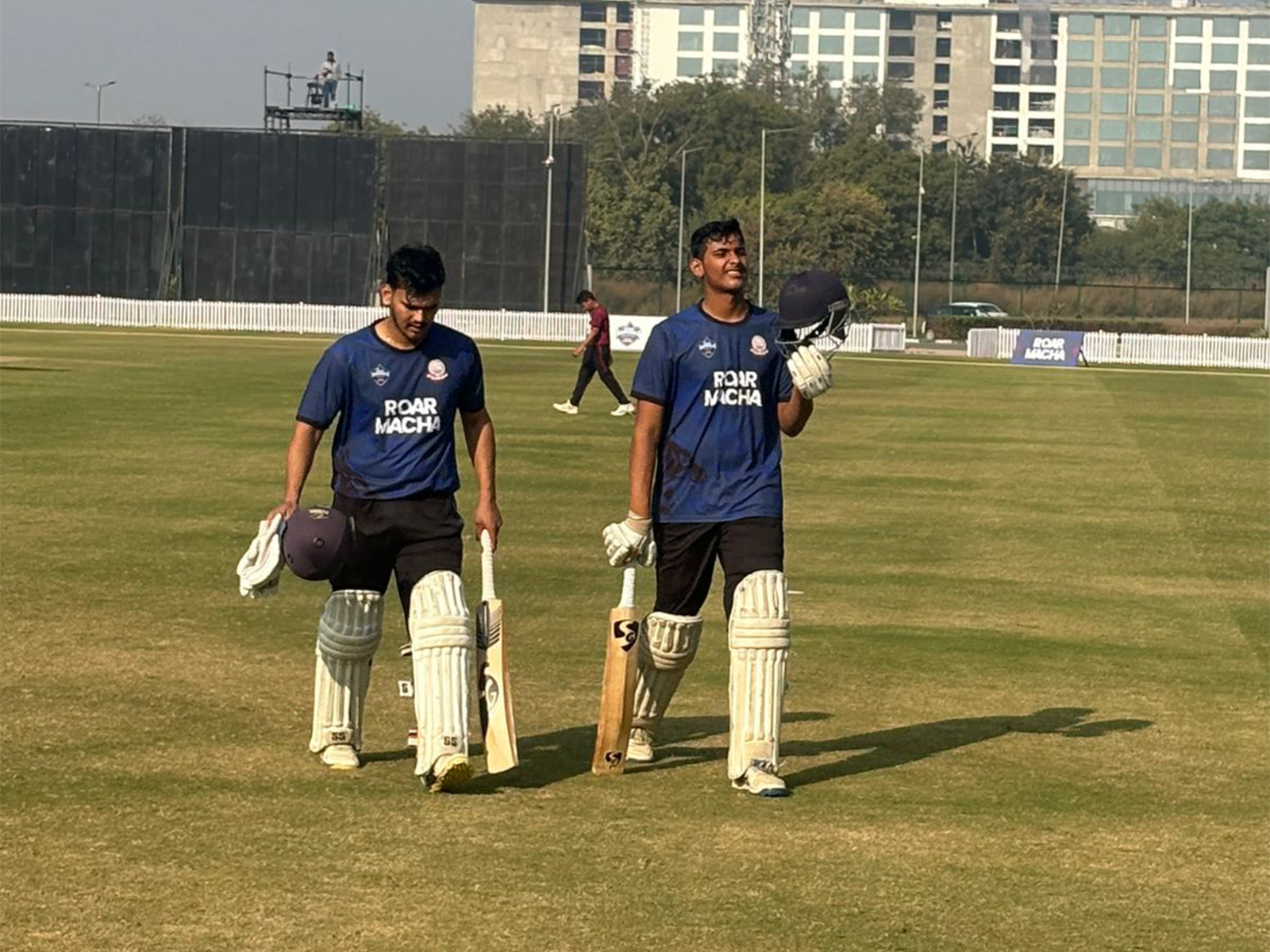South Korea's childbirth rate hit record low of 0.79 per woman in third quarter
Nov 24, 2022

Seoul [South Korea], November 24 (ANI/Global Economic): South Korea's total fertility rate, which refers to the average number of children a woman bears in her lifetime, fell to 0.79 in the third quarter, hitting a record low.
The number of babies born was the lowest since statistics were compiled in the same quarter, while the number of deaths was the highest due to the COVID-19 pandemic. The natural decline in the population continued for 35 months as the number of births declined and the number of death soared.
According to the population data by Statistics Korea on the 23rd, the number of newborn babies in the third quarter (July-September) was 64,085, down 2,466 (-3.7%) year-on-year. This is the lowest level since statistics were compiled in 1981.
The number of babies born from January to September was 192,223, down 15,582 from a year ago (202,805). This is the first time since statistics were compiled that the number of newborn babies has fallen below 200,000.
"The number of babies born has been on the decline as the population of women has been on decline and the number of marriages has continued to decrease," said Roh Hyung-joon, head of the population trend division at Statistics Korea. "In addition, the birth rate has decreased as the age of childbirth increases and the fertility period is shortened."
The total fertility rate was 0.79, down 0.03 from a year ago, hitting a record low. In particular, the third-quarter total fertility rate fell below 0.8 for the first time this year. The total fertility rate has been below 1.0 for 14 consecutive quarters since hitting 1.02 in the first quarter of 2019.
Looking at the age-specific fertility rates (the number of newborn babies per 1000 population), the fertility rate of mothers aged below 24 was 2.5 persons, aged 25 to 29 was 24.3 persons, aged 30 to 34 was 74.4 persons, aged 35 to 39 was 45.5 persons and aged 40 or older was 4.1 persons.
Compared to the previous year, the fertility rate of mothers aged below 24 decreased by 0.5 persons, aged 25 to 29 by 3.2 persons and aged 30 to 34 by 2.9 persons. On the other hand, the fertility rate of mothers aged 35-39 and over 40 increased by 0.9 and 0.3 persons, respectively.
The trend of having fewer children has also continued. Among babies born in the third quarter, 62.7% were the first child, up 5.8%p from the previous year. On the other hand, the second child (30.5%) and the third child (6.8%) decreased by 4.4%p and 1.4%p, respectively.(ANI/Global Economic)



















